Dragon Quest III HD-2D Remake: A New Chapter for a Classic Franchise
As the Dragon Quest III HD-2D Remake makes its debut, the Dragon Quest series finds itself at a pivotal juncture—a situation few gaming franchises experience. Remarkably, this beloved series has maintained a steady creative core since its inception, with key figures like Yuji Horii, Akira Toriyama, and Koichi Sugiyama at the helm from the original Dragon Quest to Dragon Quest XI: Echoes of an Elusive Age. Such longevity is unusual in an industry characterized by constant evolution and personnel turnover.
Unfortunately, time has taken its toll, and both Toriyama and Sugiyama are no longer contributing directly to the franchise. As Dragon Quest ventures into this new era, it must navigate uncharted waters while honoring its rich legacy. Amid this transition, it’s an ideal moment to reflect on the original trilogy that has defined the series over the decades. Notably, remakes have kept these classic titles relevant and accessible across various platforms.
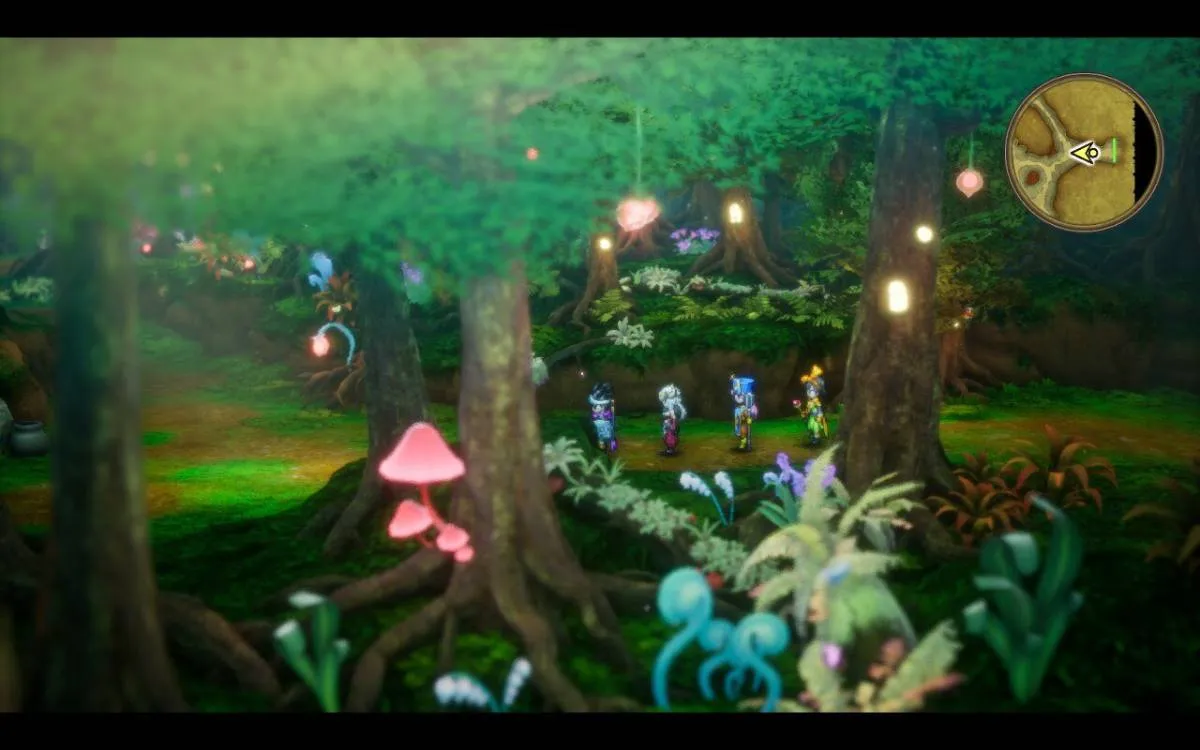
Despite their availability, the quality of these remakes has often left much to be desired. The latest iterations, rooted in feature phone adaptations, have resulted in noteworthy cutbacks, including the removal of various combat animations and even content within Dragon Quest III itself. This has led to a version of the game that lags behind its predecessors, yet it became the foundation for recent console releases on the Nintendo Switch and PlayStation 4.
Fans of Dragon Quest III now have reason to celebrate with the arrival of the Dragon Quest III HD-2D Remake, which leverages contemporary HD-2D technology to breathe new life into this 36-year-old classic. This remake aims not only to enhance visual appeal but also enrich the gameplay experience extensively.
Previously, Square Enix demonstrated the potential of HD-2D remakes with its reissue of Live-a-Live, but the remake of Dragon Quest III represents a unique challenge, as it hails from the 8-bit era. Given its original release in February 1988, just months after Final Fantasy, it arrives with a legacy that modern audiences may find daunting. Will a revamped visual style and additional content be enough to captivate new players?
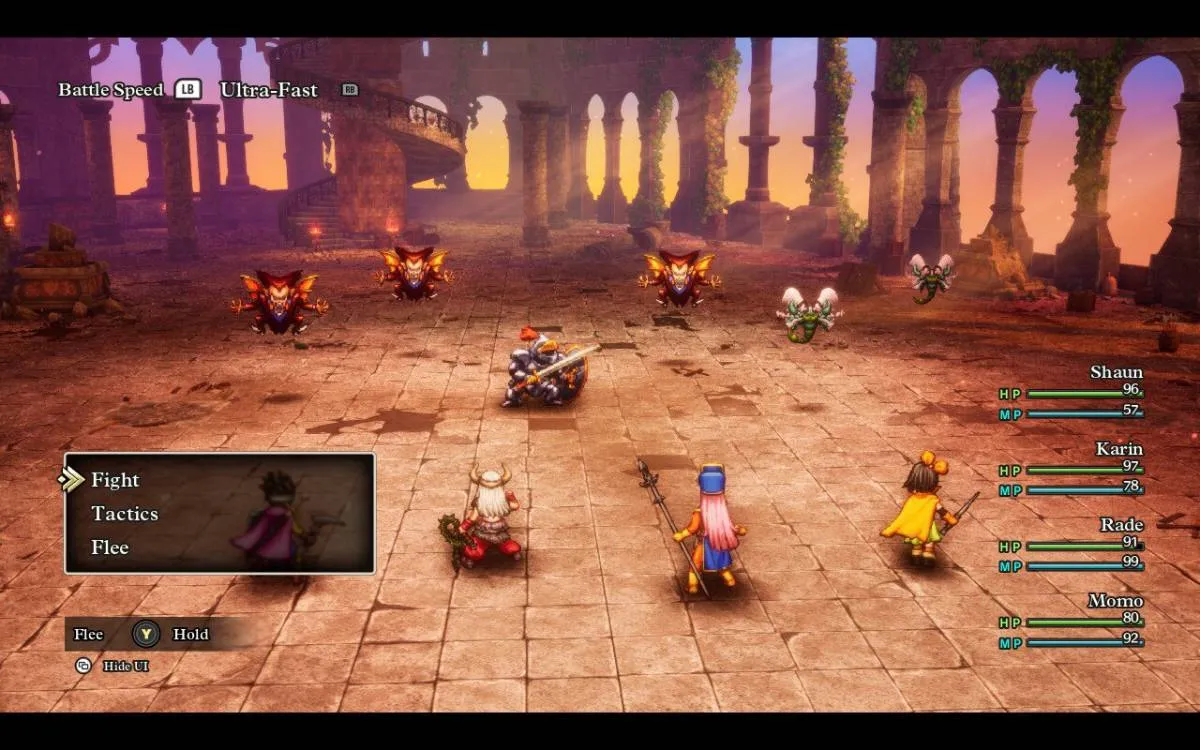
Ultimately, time will tell, but one thing is clear: the Dragon Quest III HD-2D Remake exhibits a robust commitment to detail and innovation. Beyond gorgeous visuals and auditory enhancements, the remake introduces expansive environments, enriched narratives, and new gameplay features. Players can expect larger areas, added content, a wider array of enemies, and even a new character class—culminating in an experience that significantly extends gameplay duration.
This extended gameplay, however, does come with the caveat of pacing. Some dungeons may feel overly large, partly because core mechanics have not evolved alongside the scale of these new environments. Familiar players may note the shift in gameplay dynamics when navigating this expanded world.
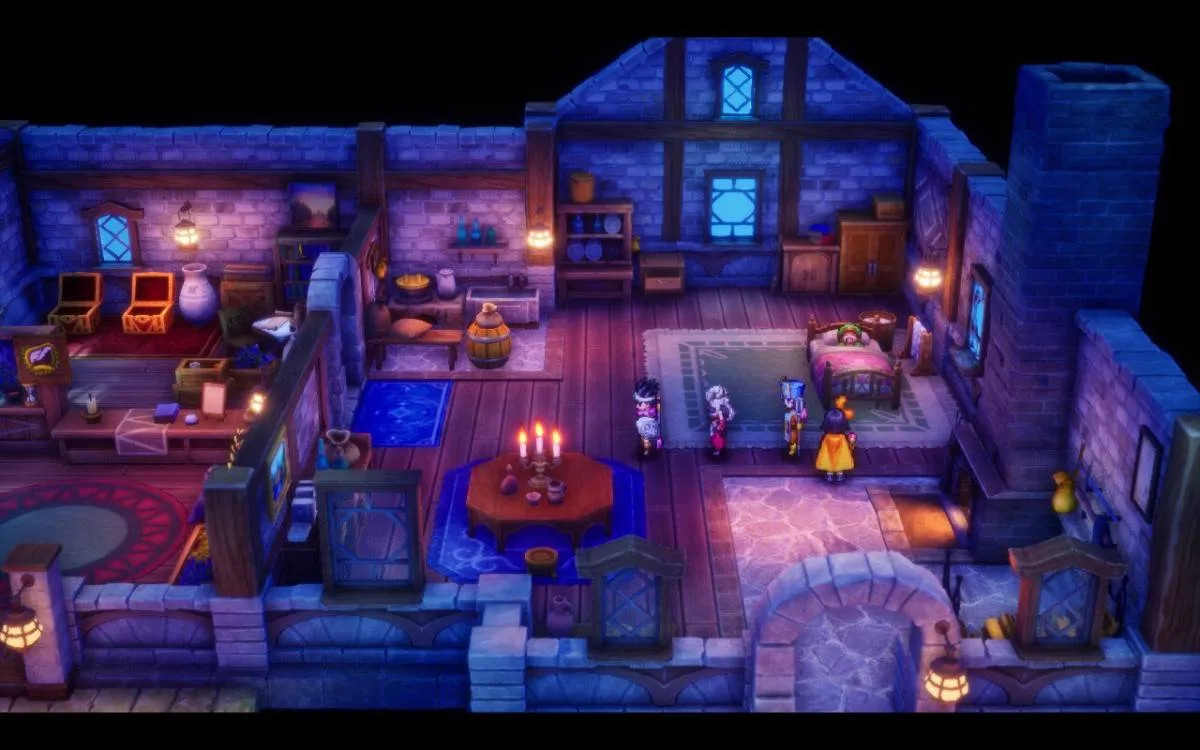
For newcomers, understanding the original game’s design philosophy is essential. Although the story has been elaborated upon, the central narrative remains quite straightforward: players step into the shoes of Ortega’s child on a quest to defeat the antagonist Baramos, mirroring classic JRPG storytelling. This foundation opens doors for players to explore diverse locations, each presenting unique challenges and quests.
Square Enix has thoughtfully expanded the narrative, integrating cinematic perspectives and fully voiced cutscenes to enhance player immersion. While the core essence of the story retains fidelity to the original, new narrative elements provide added depth to characters and events, departing from the basic quest design of the 1988 game.
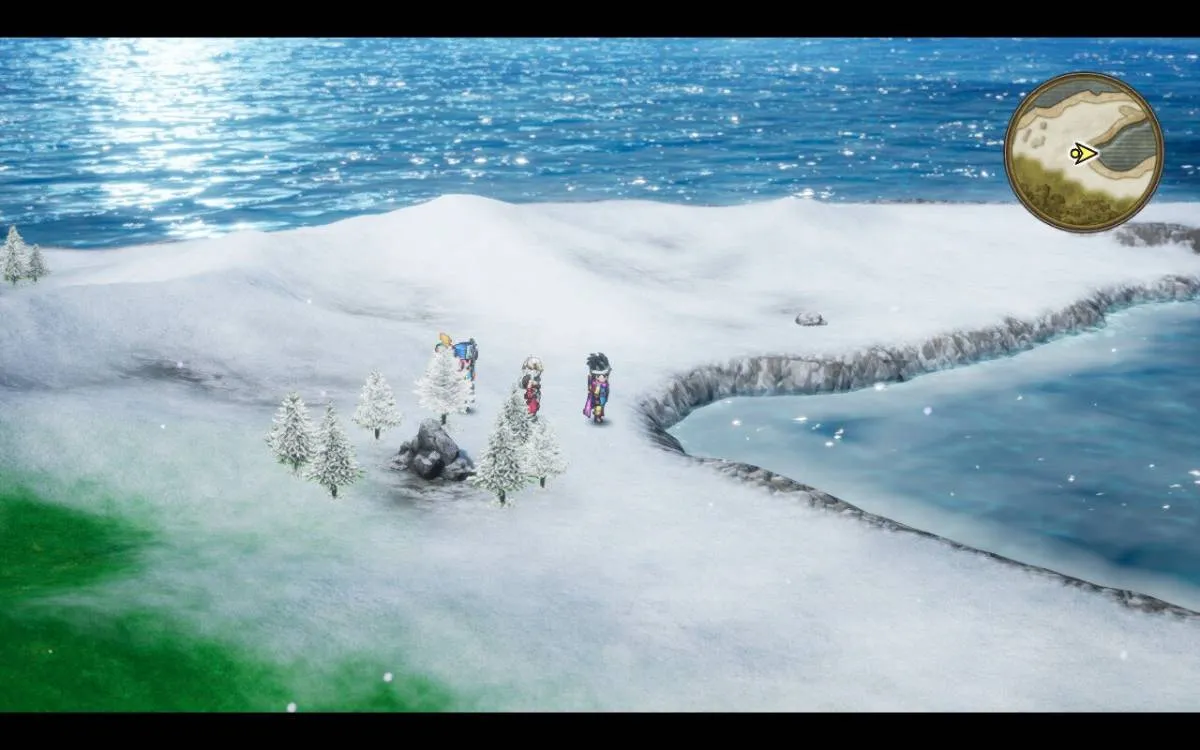
Players are able to customize their companions, selecting appearances and vocations. However, these characters predominantly serve as combatants rather than narrative drivers, lacking in dialogue and character development. Players can choose to direct their actions or allow AI routines to take charge in battles.
One significant enhancement with the remake is the vibrant and interconnected world. Towns and cities are teeming with NPCs, creating a sense of life and community. A day-night cycle enriches this experience, allowing players to rest at inns until they reach their desired hour of exploration, effectively addressing frustrations of the original gameplay mechanics.
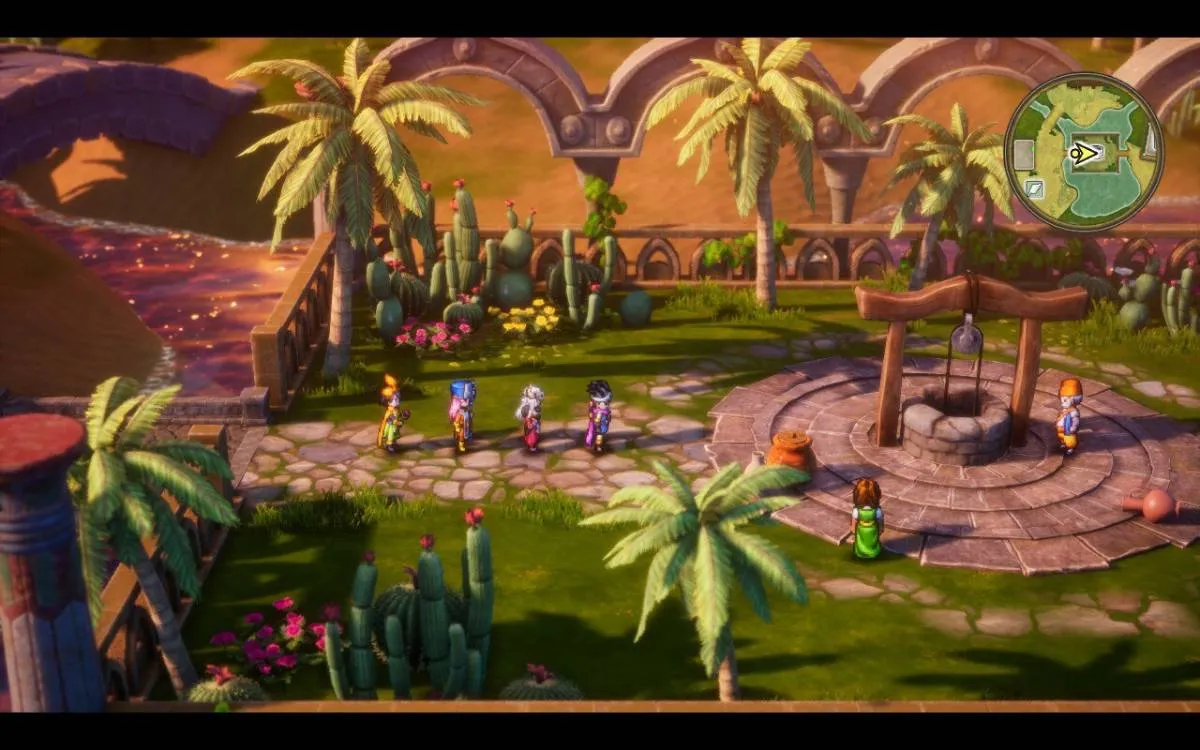
As part of improving accessibility in gameplay, Dragon Quest III HD-2D Remake offers three difficulty settings, accommodating both hardcore veterans and casual players. The new guiding system directs players toward their next objectives, adjustable as per preferences. Moreover, saving progress has been streamlined, no longer requiring royal interactions; any priest can facilitate hard saves, accompanied by frequent autosaves and quick-save options to enhance gameplay fluidity.
Additional features amplify the sense of exploration, with more loot visible in the environment, including jars and barrels that yield consumables. The overworld map beckons with shimmering spots representing secrets hidden in the landscape, encouraging inquisitiveness as players unearth exciting treasures.
Newly introduced Secret Spots stand out on the map, offering encounters with valuable NPCs, goodies, and even Stray Monsters linked to the enhanced Monster Wrangler vocation. Visiting these spots at specific times enhances the gameplay, offering distinct opportunities depending on the hour.

The Monster Wrangler class, a recent addition, presents a new dynamic to gameplay. Though their combat prowess may not surpass other classes, their abilities allow for powerful moves when care for Stray Monsters is prioritized. Players can discover these monsters in various locations, with strategic exploration rewarding dedicated players.
The remade Monster Arena has significantly evolved from a betting mechanic, allowing players to engage more directly. Collecting Stray Monsters allows building dynamic teams to participate in fully automated battles, with players providing strategy to maximize effectiveness.
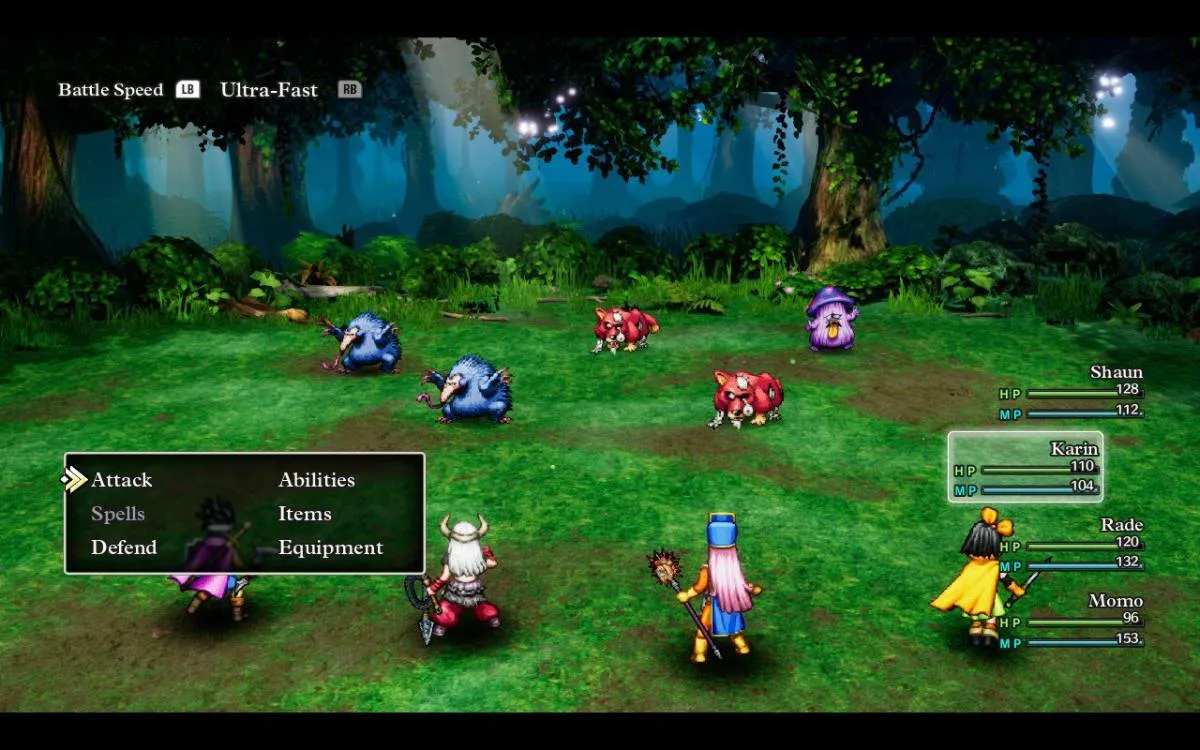
While players can only include one of each monster type in their party, finding duplicates empowers the original creature, spurring exploration across the expansive world. The quest encourages thorough investigation at various times of day to complete collections, adding layers of depth for completionists.
The game’s core structure remains loyal to its roots, commencing linearly but offering players the freedom to explore and conquer tasks in their preferred order once they become acclimated. The introduction of Alltrades Abbey also permits meaningful class transitions, enhancing character customization and broadening strategic possibilities.
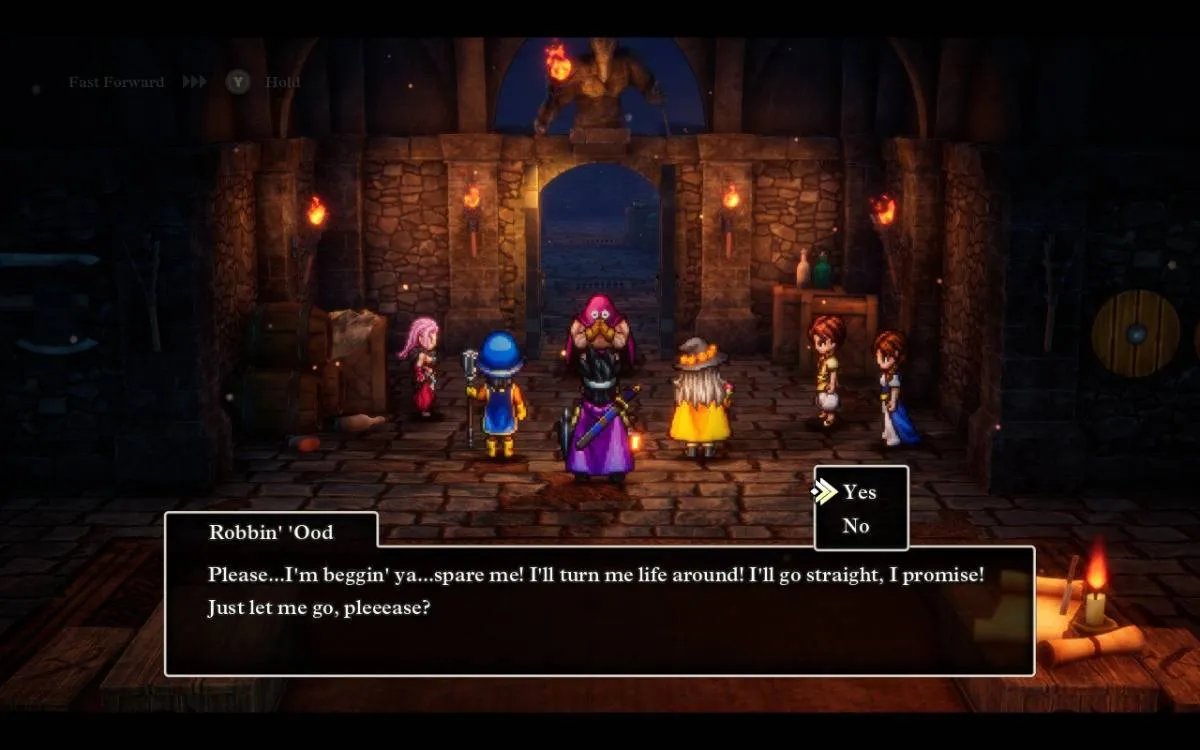
Despite the nostalgic elements, newcomers should prepare for the intrinsic features of a 1988 game, such as frequent random encounters and inventory management challenges. The improved UI helps streamline player experience, but the nature of resource management retains its classic limitations.
The original adventurous spirit hums throughout Dragon Quest III, merging classic elements with modern enhancements. The game’s structure promotes movement and frequent engagement in diverse tasks. The updated vocation system adds extensive customization, contributing to a vivid gaming experience that embraces its heritage while appealing to contemporary audiences.

Beyond gameplay enhancements, the remake shines with visually striking graphics and an impressive orchestral soundtrack. Each visual element—from the landscapes and atmospheric effects to beautifully animated battles—immerses players in this reimagined adventure.
In conclusion, the Dragon Quest III HD-2D Remake harmoniously blends nostalgia with innovation. For longtime fans, this remake is a must-play experience that honors the original while incorporating significant upgrades. For newcomers, it serves as a gateway to discovering one of the defining classics of the JRPG genre. While it may challenge some players with its adherence to traditional mechanics, the overall execution celebrates the game’s legacy and enriches the experience for all players.
Mark your calendars! Dragon Quest III HD-2D Remake launches on Nintendo Switch, PS5, Xbox Series X, and PC on November 14, 2024.




Leave a Reply ▼